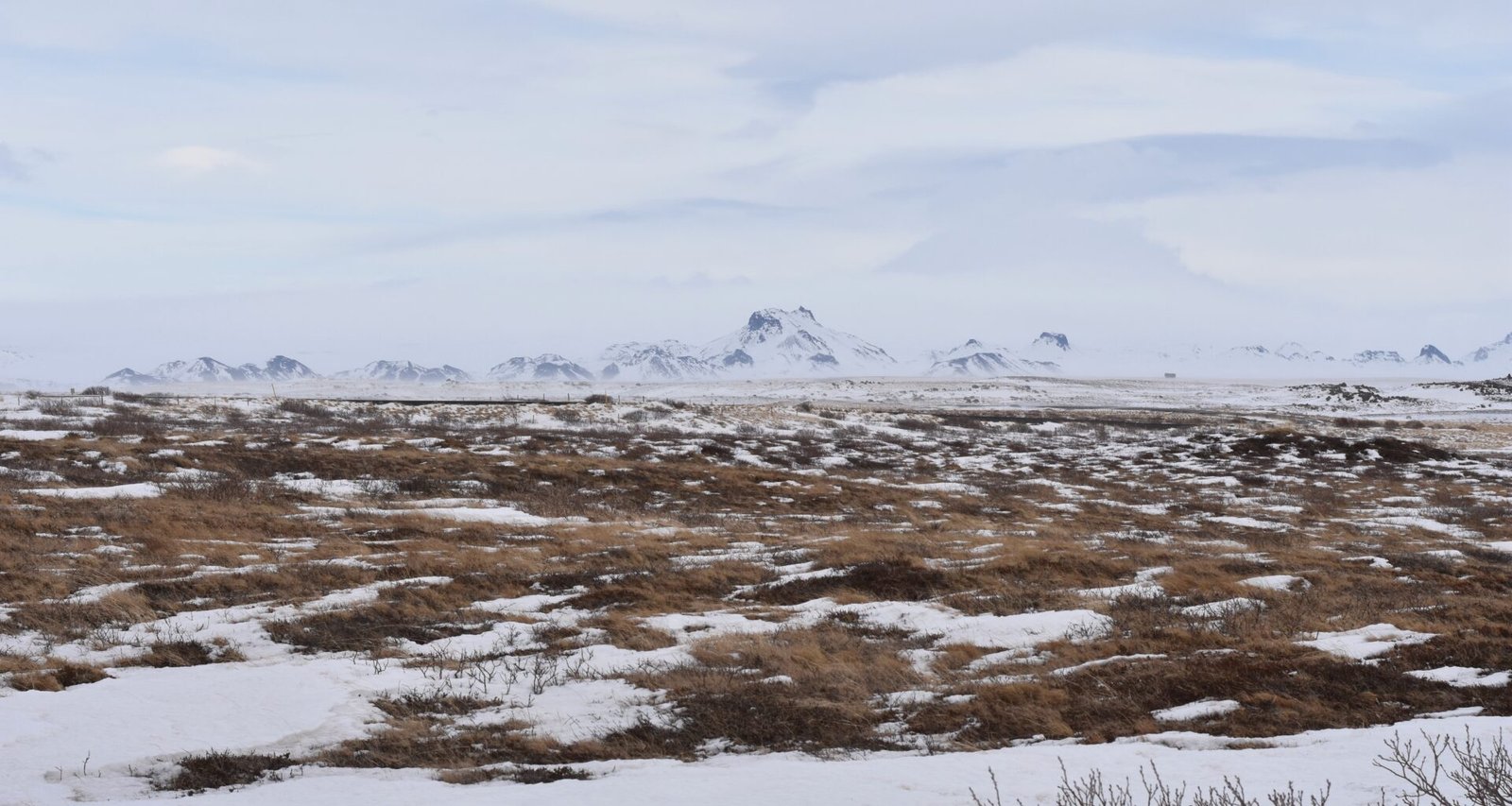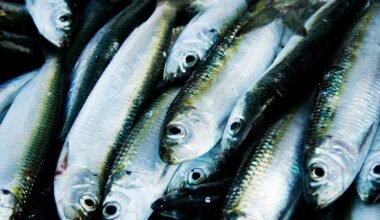Welcome to a frozen realm where tundra ecosystem adaptations and Arctic climate change effects paint an awe-inspiring portrait of nature’s resilience. In this chilly expanse, life finds a way to thrive despite the odds, showcasing the remarkable tundra biome resilience. Step into polar ecosystem challenges, where survival is a constant dance with the elements. Amidst the breathtaking landscapes and biting cold, the story of tundra plant and animal survival unfolds, revealing tales of endurance and adaptation.
As the specter of permafrost melting impact looms, these remarkable ecosystems face an unprecedented challenge brought about by climate change in the Arctic. Join us as we delve into the mysteries of the tundra, exploring the delicate balance of life and the intricate beauty of Arctic biodiversity shifts. Together, let’s uncover the measures taken for tundra ecosystem conservation and the ingenious adaptation strategies for tundra species that may hold the key to their future survival.

The Tundra Biome: An Overview
Imagine a vast, icy wilderness at the top of the world where the ground stays frozen year-round, and trees can’t grow. This is the tundra biome. It’s a unique and unforgiving environment found in places like the Arctic, where the cold is relentless, and the landscape seems to stretch on forever.
But there’s more to the tundra than its harshness. It’s a place where life has evolved in remarkable ways to cope with the extreme cold. In this article, we’ll explore the challenges the tundra faces as the Arctic climate changes, and how its resilient plants and animals have adapted to survive.
The tundra is defined by its icy ground, known as permafrost, which presents both challenges and opportunities for the creatures that call it home. As this permafrost starts to melt due to rising temperatures, it’s altering the delicate balance of life in this unique ecosystem. However, beneath the surface, a fascinating story of survival unfolds. Tundra plants and animals have developed ingenious strategies to thrive in this unforgiving environment.
In the face of shifting temperatures and disappearing ice, tundra plants like Arctic mosses and lichens hug the ground to capture every bit of warmth. Iconic animals like the Arctic fox sport thick winter coats year-round, and clever lemmings tunnel through the snow to find food and shelter.
But it’s not just individual species that impress; it’s the way the entire tundra ecosystem works together in the harshest of conditions. As the Arctic’s climate changes, new players may emerge, leading to captivating evolutionary changes.
Climate Change and Tundra Ecosystem
The chilly expanses of tundra landscapes might seem bleak, but they’re teeming with life as vibrant as it is challenging. Tundra ecosystem adaptations are a testament to nature’s resilience and resourcefulness, especially in the face of the profound effects of Arctic climate change. As the world warms, these polar ecosystems face a barrage of challenges, yet they continue to stand firm, offering vital lessons in survival.
One of the most concerning aspects of climate change in the Arctic is the accelerated permafrost melting. Permafrost, the frozen ground that characterizes tundra regions, is thawing at an alarming rate. This melting has a domino effect on the entire ecosystem. Yet, the Tundra biome resilience is astonishing. Take the emblematic Arctic willow, for instance. This hardy shrub has roots that penetrate the ground, anchoring itself against soil erosion caused by thawing. Meanwhile, animals like the Arctic fox have traded in their white coats for browner ones to camouflage with the changing landscape.
Biodiversity shifts are also unfolding, as many tundra species adjust their behavior and migratory patterns due to the shifting climate. Tundra plant and animal survival strategies are as varied as they are ingenious. The Arctic ground squirrel, a pint-sized architect, constructs complex burrows that act as natural freezers, protecting its food from early thaw.
Amidst these challenges, conservation efforts are paramount. Scientists and environmentalists are working tirelessly to understand and protect these delicate ecosystems. Tundra ecosystem conservation involves monitoring species, preserving habitats, and advocating climate change mitigation policies. Furthermore, communities are integrating traditional knowledge with modern science to create holistic strategies for adaptation strategies for tundra species.
Adaptations of Tundra Flora and Fauna
Due to Arctic climate change effects, Tundra ecosystem adaptations have become a hot topic. The resilience of the Tundra biome is being put to the test as polar ecosystem challenges intensify. One key challenge is the permafrost melting impact, which disrupts the very foundation of this delicate environment.
Tundra plant and animal survival stories are nothing short of remarkable. These inhabitants have perfected living on the edge, defying the region’s harsh conditions. As climate change in the Arctic triggers shifts in the landscape, it also brings about unprecedented changes in Arctic biodiversity. The dynamics are shifting, and so are the players.
Amidst these changes, Tundra ecosystem conservation gains paramount importance. The clock is ticking, urging scientists, policymakers, and nature enthusiasts to come together to protect this unique habitat. Adaptation strategies for tundra species must be researched, shared, and implemented. The world is watching, hoping humanity can make a difference before these adaptations become mere survival stories in history books.
Shifting Biodiversity
A delicate dance of survival is underway in the vast, icy expanse of the tundra, where the chill wind sweeps over a seemingly endless landscape. The Tundra ecosystem adaptations are spotlighted as the Arctic climate changes, presenting new obstacles and opportunities. As the mercury climbs, the tundra biome displays remarkable resilience, finding ingenious ways to navigate the treacherous waters of the changing climate.
Polar ecosystem challenges abound as the permafrost, the tundra’s steadfast foundation, begins to thaw. The impact of permafrost melting reverberates through the ecosystem, posing questions about Tundra plant and animal survival. In this frozen realm, species accustomed to frigid temperatures must now embrace the warmth, or lack thereof, and devise creative strategies to endure.
Arctic biodiversity shifts have become the norm as adaptable species rise to prominence while others face an uncertain future. The symphony of life in the tundra is evolving, showcasing the intricate ways life responds to adversity. Amid these changes, the call for Tundra ecosystem conservation grows louder. Conservationists and researchers collaborate to understand the delicate balance of this unique biome and how best to protect it.
Challenges With Melting Permafrost
The rapid permafrost melting impact is one of the most pressing issues confronting tundra ecosystems. The frozen ground that characterizes these regions is undergoing profound changes, leading to unstable terrain and altered water flows. This thawing disrupts the delicate balance that plants and animals rely on for survival. Beneath the surface, centuries-old organic matter locked in permafrost decomposes, releasing potent greenhouse gasses like carbon dioxide and methane, thus exacerbating the climate crisis.
As the tundra’s foundation transforms, so too do the lives of its inhabitants. The tundra plant and animal survival dance has to adapt to new rhythms. Iconic species like the Arctic fox and snowy owl must navigate changing food sources and potential predators. At the same time, resilient plants like Arctic willow and lichen reposition themselves to seek optimal sunlight and nutrients.
Human Impact on Tundra Ecosystem
While nature remains the primary architect of tundra adaptations, human activities significantly influence these polar ecosystems. The rising resource demand drives industrial activities like oil and gas extraction, exacerbating Arctic climate change. The accelerated warming rates have led to more frequent and intense wildfires, threatening flora and fauna. The Arctic biodiversity shifts that follow can ripple through the food chain, causing unforeseen consequences.
However, it’s not all doom and gloom. The same human influence contributing to the challenges also brings the potential for solutions. The recognition of the vulnerability of tundra ecosystems has spurred efforts for tundra ecosystem conservation. International collaborations seek to establish protected areas and monitor critical species, such as the charismatic polar bear, whose survival heavily depends on sea ice.
Changing Dynamics in the Food Web
The sprawling tundra’s vast, icy landscapes and unique ecological tapestry are prime examples of nature’s resilience and fragility. As the Earth’s climate continues to evolve, the tundra biome faces challenges that require adaptation on a whole new level. Tundra ecosystem adaptations have become a captivating subject of study, drawing attention to the intricate dance of life in this extreme environment.
Arctic climate change effects have been especially pronounced in the tundra. Once considered a distant concern, rising temperatures are now drastically altering the tundra’s face. One of the most pressing issues is the permafrost melting impact, which releases stored carbon into the atmosphere and accelerates climate change. This vicious cycle underscores the urgency of understanding and mitigating these effects.
Amidst these changes, the resilience of the tundra biome shines. The intricate web of life in the tundra displays a remarkable ability to adapt to shifting circumstances. From the smallest moss to the mightiest polar bear, Tundra plant and animal survival hinges on innovation. Take the Arctic fox, for instance – its fur changes color with the seasons, allowing it to blend seamlessly into its environment, a vital adaptation for predator and prey.
Community and Global Efforts
In the vast stretches of the Arctic, a delicate dance of survival is underway as tundra ecosystems confront the monumental challenge of Arctic climate change effects. These regions, defined by their extreme cold and short growing seasons, are now experiencing rapid shifts due to rising temperatures. The tundra biome’s resilient nature is being tested, prompting scientists, local communities, and global organizations to unite in the face of adversity.
Polar ecosystem challenges have intensified with the melting impact of permafrost, altering the very foundation of tundra landscapes. As temperatures rise, so does the need to understand how tundra plant and animal survival is affected. The intricately linked web of life in these icy realms is in flux, leading to remarkable adaptations and unexpected responses.
Climate change in the Arctic isn’t just a local concern; it’s triggering Arctic biodiversity shifts that resonate globally. Collaborative tundra ecosystem conservation initiatives are gaining momentum as stakeholders acknowledge the far-reaching impacts of these changes. Efforts to protect these ecosystems extend beyond borders, recognizing that interconnectedness knows no boundaries.
Drawing on eons of evolution, adaptation strategies for tundra species are unfolding before our eyes. From lemmings changing their behaviors to migrating birds adjusting their flight patterns, the tundra’s inhabitants show a remarkable resilience capacity. With a collective spirit, researchers and conservationists are working together to decode these mysteries, hoping to unlock insights that will aid local communities and the world.
Preserving Tundra Ecosystem
In the vast and remote stretches of the Arctic, a delicate dance of survival occurs among the resilient inhabitants of the tundra biome. Tundra ecosystem adaptations have become a beacon of hope in the face of rapid Arctic climate change effects. As temperatures rise and ice recedes, these landscapes transform, posing unique polar ecosystem challenges.
The most remarkable feat lies in the perseverance of its flora and fauna against the backdrop of permafrost melting impact. Tundra plants and animals are proving to be actual survivors, evolving and shifting behaviors to endure the new norms dictated by our changing world. Amidst the unfolding drama of climate change in the Arctic, a fascinating story of Arctic biodiversity shifts is being penned.
However, all is not lost; dedicated efforts toward tundra ecosystem conservation are underway. Scientists, conservationists, and communities are collaborating to develop adaptation strategies for tundra species. By understanding these remarkable adaptations, we glimpse the intricate web of life that defines this majestic, icy realm. It offers a hopeful narrative amidst the challenges where nature scripts its own resilient story.
Conclusion
As the delicate dance between nature and climate continues, the captivating tale of Tundra ecosystem adaptations unfolds. The intricate interplay between Arctic climate change effects and tundra biome resilience paints a vivid picture of life’s tenacity against the odds. In the face of polar ecosystem challenges, it’s remarkable to witness the sheer determination of tundra’s flora and fauna in their quest for survival.
The resounding echoes of permafrost melting impact resonate through these landscapes, reminding us of the urgent need to safeguard these precious ecosystems. From the intricate strategies of tundra plant and animal survival to the broader implications of climate change in the Arctic, the story of the tundra is one of adaptation, perseverance, and the need for change.
Arctic biodiversity shifts, and the fate of these ecosystems are inextricably linked, challenging us to embrace the responsibility of tundra ecosystem conservation. With the clock ticking, it’s imperative that we collectively forge adaptation strategies for tundra species. Our choices today can redefine the trajectory of the tundra’s future, weaving a story of hope, harmony, and harmonious coexistence with our planet’s most fragile yet resilient corners.








